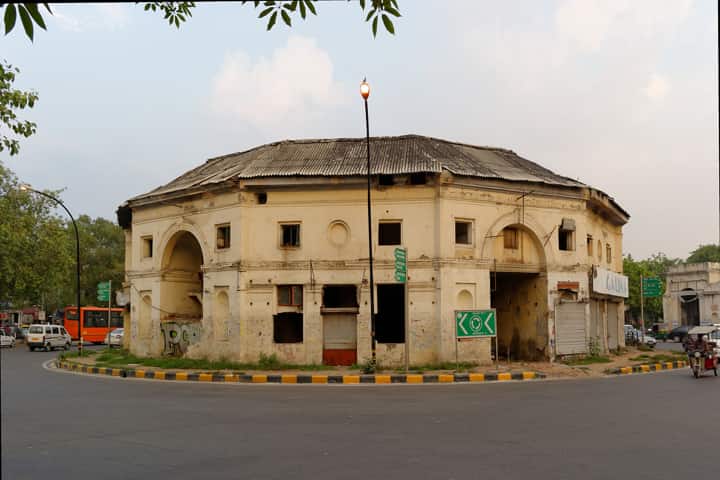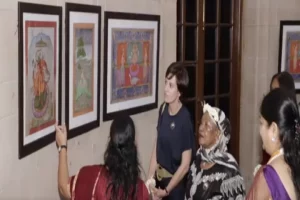The British-era landmark of New Delhi, the Gole Market will be finally converted into a museum accompanied with the redevelopment of the surrounding areas. For this the New Delhi Municipal Council approved a Rs.22 crore project.
For the civic body, NDMC, this will be the first museum. The amenities in it will include digital panels, air conditioners, a food court, a subway and a mini-amphitheatre.
What makes the museum special is that it will house cultural and historical materials all related to Delhi.
Sharing details of the redevelopment of Gole Market, Satish Upadhyay, NDMC Vice Chairman told the media: “The salient features are the glass dome roof structure at the central courtyard, the recasting of first-floor level, insulated roof structure, including a false ceiling, central air conditioning, ornamental fitting and fixtures, a service block, a service tunnel, a pedestrian subway and multiple lifts.”
Upadhyay also informed that while the conservation and revamp plan has been sanctioned and the tender awarded, the theme will be chosen in the coming days. For this the concessionaire too has been asked to suggest three to four themes.
The plan for revamp of Gole Market and the setting up of the museum dates back to 2006 before the Commonwealth Games in 2010. In 2007 the building was declared dangerous and NDMC started moving the local traders. With some of the occupants moving the court, there was a legal battle that took six years to get over, when in 2013 the Delhi High Court ruled in favour of NDMC.
The Gole Market which was built in 1921 by Edward Lutyens has a distinctive octagonal building pattern and was constructed within a traffic roundabout. It was made as a subsidiary market to serve the needs of the residential population, primarily centred around grain, milk, vegetables and general markets.




















